
Subscribe & stay up-to-date with ASF


In June, both fish and fishers are drawn to the rivers they know. For the fish, it’s a drive to sustain their species. For anglers, it’s the urge to return to nature, foster friendships, and find respite from our daily responsibilities and routine. This pattern is more than a homecoming—it’s key to survival. 
Two Nova Scotia based anglers took full advantage: Opening day of the 2023 fishing season saw my friend Sophie Locke and me in the Shubenacadie area. Initially, our aim was to encounter some brook trout. However, we found ourselves dedicating the morning to polishing our casting skills for the season, relishing the opportunity to once again follow the river in search of fishy encounters! Discover more about our adventure Here.
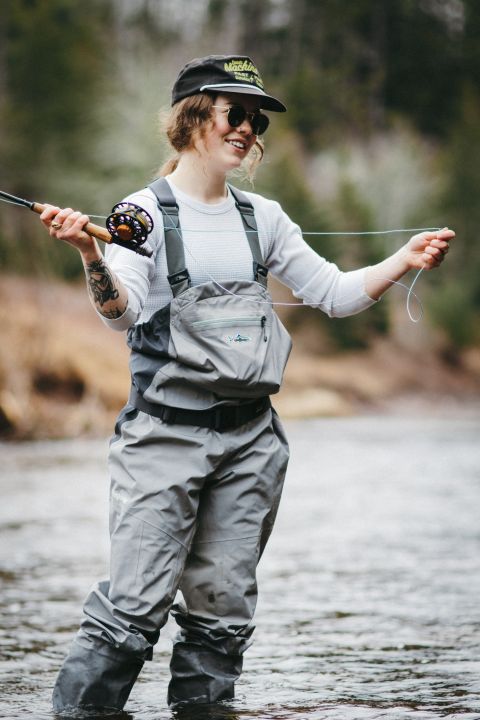
Premier François Legault assured Quebecers that every possible measure is being taken to combat the wildfires and minimize destruction. However, it’s projected that the severe blaze in the Moise region could persist for weeks, maybe even longer. You can read more about the ongoing efforts and challenges in the Montreal Gazette’s report here.
Nova Scotia has also faced severe wildfires. In fact, the largest fire in the province’s recorded history was recently ablaze in Shelburne County, prompting significant restrictions on outdoor activities. Additionally, an open fire ban was issued across the entire province as a preventive measure. However, much-needed rainfall has provided some respite, helping firefighters regain control and prevent further devastation.
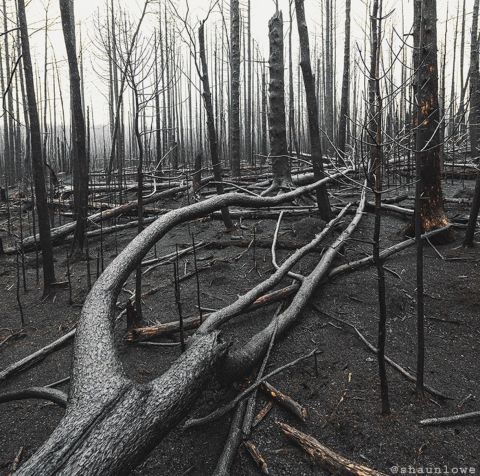

This week, I have the privilege of attending the 40th Annual Meeting of the North Atlantic Salmon Conservation Organization (NASCO) in Moncton, New Brunswick. This is a great chance to meet people who share a passion for the global protection of Atlantic salmon. Earlier in the week, ASF President and CEO Bill Taylor had this to say:

“ASF is well represented at this week’s 40th annual North Atlantic Salmon Conservation Organization summit, hosted in Moncton. Robert Otto, ASF’ Chief Operating Officer, and I are part of the Canadian delegation, John Burrows from our Maine team is on the U.S. delegation, and our own Steve Sutton and David Meerburg are helping to lead the accredited NGOs.
NASCO isn’t perfect, but working with the delegations has led to real gains for wild Atlantic salmon, like last year’s four-year agreement to limit the total allowable catch of Atlantic salmon at west Greenland to 27 tons, which is close to the 20-ton target established in our ongoing Greenland Salmon Conservation Agreement.
This year, we’re urging Canada to assume a leadership position, both as host and the country with the most Atlantic salmon habitat in the world. Canada, and the other NASCO nations have committed to eliminating aquaculture escapes and reducing the harm to wild fish from industrial sea lice that spill out of open net-pens. However, this has been an aspiration, not an action, and that’s unacceptable.”
The fishing season in Eastern Quebec got off to a sluggish start this year due to an unusually brief and mild winter, leading to lower water levels than typically seen at this point in the season. Nonetheless, we’re starting to see salmon gradually populate our rivers.
I kicked off my fishing season in May, assisting the Atlantic Salmon Federation with a kelt tagging project on the Grand Cascapédia River. This marked the conclusion of this year’s research effort here.
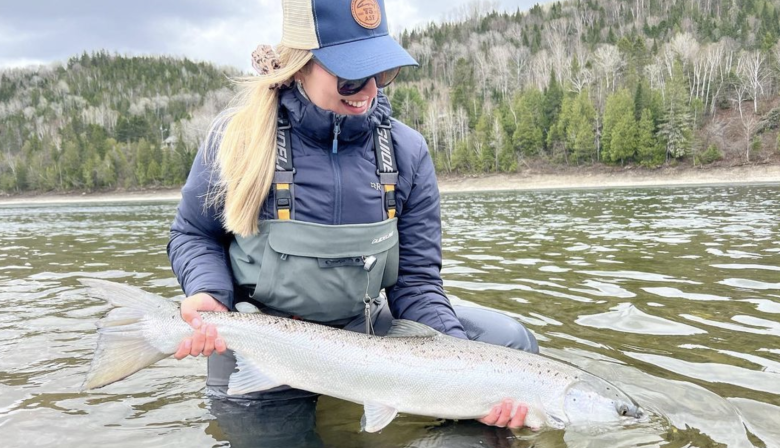
Subsequently, I set out on the Restigouche River, hoping to snag a bright Atlantic salmon, as some had been caught just a few days prior. While I didn’t land a fresh Atlantic salmon that day, I did manage to catch a healthy kelt which made for a promising start to the season.
Next on my itinerary was the opening of the York River in Gaspé, swiftly followed by the Bonaventure River. So far, the fishing has been a bit slow but we’re seeing a steady influx of fish. As anglers, we’re keeping our spirits high, eagerly awaiting a successful season here on the Gaspé Coast.
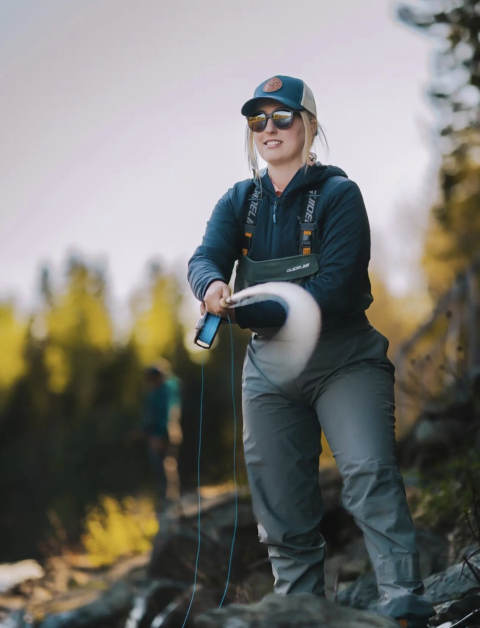
Nathan Wilbur, ASF’s Executive Director of Regional Programs, reports:
As May drew to a close, dry weather ignited forest fires across the Maritimes and Quebec. Our hearts are with those affected, and we are grateful to the firefighters who protected our headquarters in Chamcook, NB, from an imminent threat (Link here). The fires were only a few kilometres away from ASF’s main office near St. Andrews.
Now, the climate has shifted to unusually cold weather with ample rain in New Brunswick, which should prime our rivers nicely for June. We’re delighted to see the Penobscot River in Maine experiencing its best returns in over ten years, even surpassing its 2011 catch. While it’s still short of historical numbers, the upward trend is encouraging. Often, better returns on the Penobscot hint at an improvement across the rest of Eastern Canada.

Following the Penobscot’s lead, we’re seeing a promising start in New Brunswick and other areas too. There’ve been sightings of bright fish on the Northwest Miramichi and Restigouche Rivers as early as mid-May, as well as further north to the Matapédia, Causapscal, and several other rivers across the Gaspé region and Newfoundland. We’re hopeful for a fruitful season and will be keeping a watchful eye on river counts in the coming weeks as the season’s official assessments begin.
Our NB Program Director, Serge Collin, has shared photos of some lesser-known salmon rivers in the province. The Pokemouche, Big Tracadie, and Bartibog are small rivers crisscrossing the Acadian Peninsula in northeastern NB. Unlike most rivers in the province, their salmon angling season extends a bit longer, and they also support large sea run trout populations.
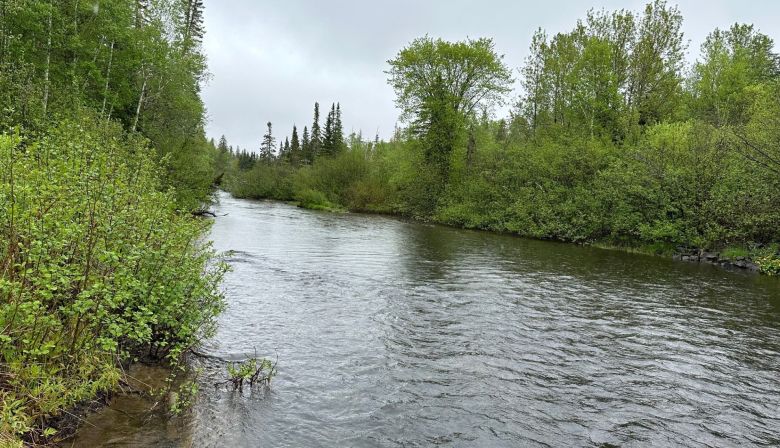
Nova Scotia Program Director, Deirdre Green Reports:
The wildfires burning uncontrollably in the province have been devastating for Nova Scotians. I know I speak for all ASF staff when I say that our thoughts are with everyone who has been affected or displaced by the fires.
In Tantallon, just west of Halifax, a wildfire that broke out on May 28th was brought under control over the weekend. The 950-hectare fire destroyed some 200 buildings, including 150 homes, and forced the evacuation of more than 16,400 people.
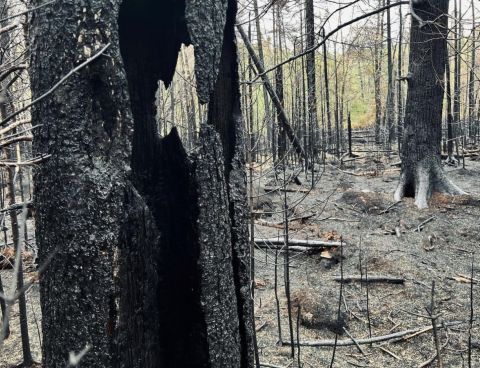
In Shelburne, the largest wildfire in Nova Scotia’s recorded history (24,980 hectares as of June 6th) is still out of control. It is estimated that 60 homes and a total of 150 structures have been destroyed to date.
Over the past few weeks, I’ve participated in several events and training programs. I had the opportunity to join the Nova Scotia Salmon Association for a course on swiftwater rescue training. The experience was both challenging and enlightening, providing valuable insights for anyone who regularly spends time on water. I also recently obtained my electrofishing certification, which I’m excited to use in support of our field partners.
In Cape Breton, the Margaree Salmon Association (MSA) hosted their inaugural Nature Walk and BioBlitz. It was a successful event, with families and youngsters spending a delightful morning exploring the Lifestyles Trail. Keep an eye on the MSA for future BioBlitz opportunities.

Quebec Program Director, Charles Cusson Reports:
June has brought some extreme natural events, particularly along the north shore. A significant forest fire caused substantial damage, most notably to the Pourvoiriei Moisie-Nipissis where all structures were destroyed. Despite the setback, they hope to resume operations soon with alternative lodging options. Due to the fire, our local affiliate, Moisie River Protection (APRM) is unfortunately unable to grant river access to their clients for the annual North Atlantic fish migration.
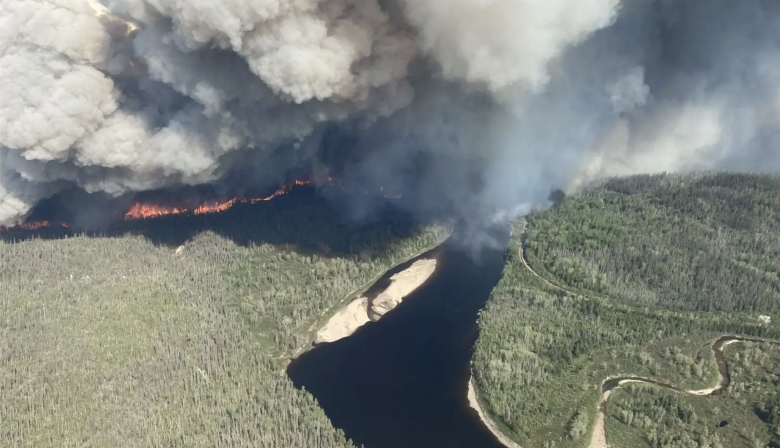
Some rivers, like the Causpascal, are still yielding good results with 34 catches recorded as of June 5th, half of which were released. The Matapédia, however, has had a slower start, despite selling over 763 rod-days, compared to just 430 in the same period last year.
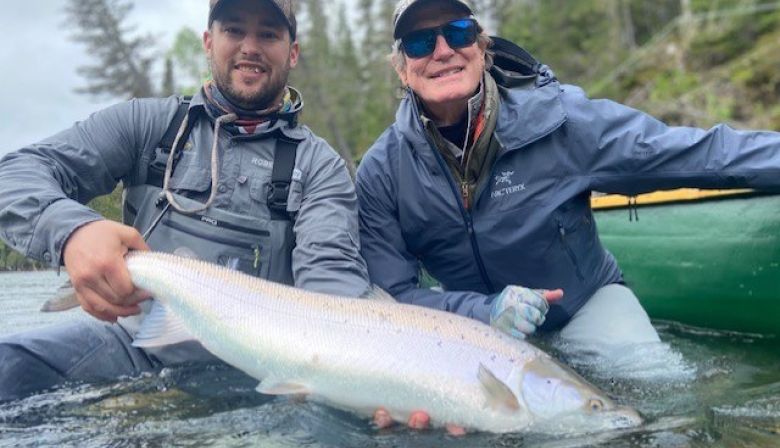
In Gaspé town, all three rivers have seen a decent number of fish being caught, but the official statistics for the first week of the season have yet to be compiled by ZEC.
On a brighter note, the Cascapédia River, particularly around the Micmac Camp, is starting to show promising results. The Cascapédia Society releases river statistics monthly.
Additionally, the Aux Rochers River Protection Association (APRR) has initiated a pilot project in sector 2 from June 1st to 10th. During this period, all 12 pools in the sector will follow a mandatory rotation every 30 minutes. Paying anglers can choose which pool to fish in and can change pools based on the mandatory half-hour rotation principle (one rod at a time).

Newfoundland and Labrador Program Director, Don Ivany Reports:
Newfoundland’s much-anticipated recreational salmon fishery kicked off on a sweltering June 1, with temperatures peaking at 28°C. Regardless, eager anglers flocked to popular spots along our early-run rivers, especially in the Bay St. George area. Southwest Brook teemed with activity from the tidal waters to the main falls, a span of about twenty miles.
Water levels were nearly ideal on Botton Brook, and Southwest Brook wasn’t far behind. The first day yielded around 8-10 catches on Southwest River, with two sizeable fish released. Noteworthy among the anglers was young Jack Anderson, who proudly landed his first-ever grilse on Southwest Brook.
In contrast, rivers further west like, Fischelle’s River, Barachois River, Robinsons River, and Middle Barachois River faced low water levels and slower fishing on the opening day. Things improved the next day with heavy rain and temperatures falling to 3°C. The following week has seen lighter rain and cooler temperatures, with fishing conditions remaining fair.
Humber River is a later starter, with fishing picking up by mid-June. Early sightings of fish jumping in the lower section hint at the beginning of the salmon run. Similarly, Northern Peninsula rivers and Gander River come to life by late June or early July. Despite lower than usual water levels on the Gander and South Coast rivers, navigability isn’t an issue. Still, the fish are yet to show up. Avalon Peninsula rivers are also running low and are awaiting their first fish.
Come June 15th, it will be Labrador’s turn to join the fishing season.
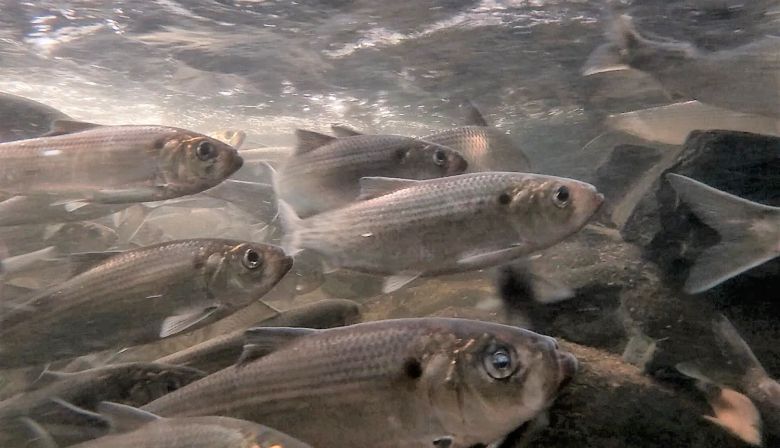
Maranda Nemeth, ASF’s Maine Headwaters Project Manager, reports:
Andy Goode’s prediction last week that the alewife run on the Penobscot would reach 5 million has been dramatically surpassed, with current reports indicating over 6 million fish returning. This marks an astounding increase from the mere 2 alewives counted at Veazie Dam in 2010. Other sea-run fish, including lamprey and American shad, are also returning in remarkable numbers.
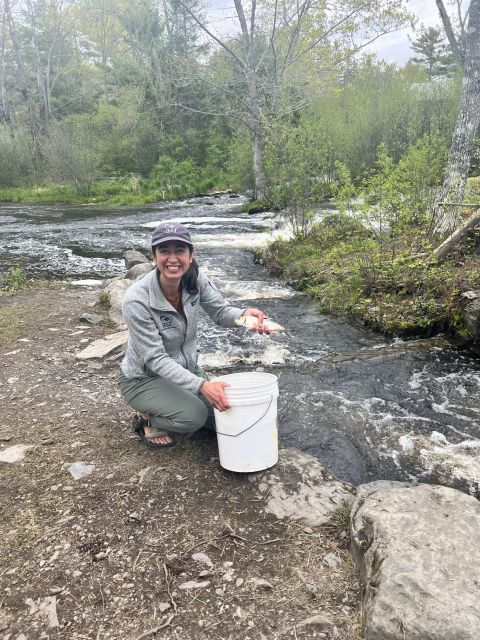
This spring run’s success is attributable not just to the Penobscot River Restoration Project, which has opened up the main stem from Veazie to Howland, but also to the crucial Maine Headwaters Project. This initiative has restored fish passage on tributaries with spawning habitat that feed into the main stem, opening up over 25,000 acres of pond habitat for alewives and over 1,000 river miles across Maine. The investments made in fishways, road-stream crossing replacements, and dam removals over the past 20 years are now bearing fruit. It’s incredibly rewarding to watch local communities witness the spectacle from the streambanks.
Even so, this year’s numbers represent only a fraction of historic abundance. Numerous habitats remain unconnected, and through our Maine Headwaters Project, we’re committed to addressing those sites. Springs like this offer a tangible glimpse of hope for the future.